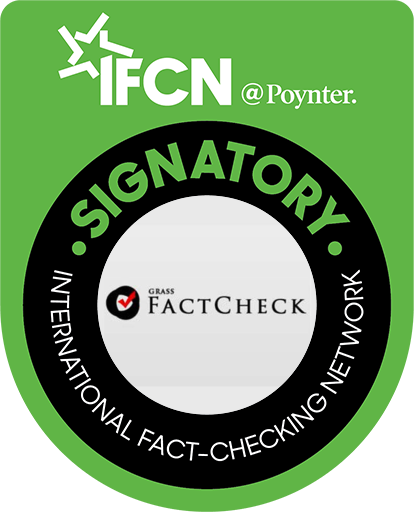As a result of the coronavirus pandemic and tight restrictions, part of the population lost their jobs/incomes. The need for state assistance in this regard has been brought to the forefront of the agenda. On 14 April 2020, the Georgian Prime Minister, Giorgi Gakharia, stated that the assistance for those people who lost their jobs because of the pandemic would not be less than the subsistence minimum.
On 24 April 2020, the Prime Minister unveiled the government’s anti-crisis plan. According to the plan, hired employees who lost their jobs or were furloughed will receive a GEL 200 monthly allowance for a total of GEL 1,200. Self-employed people, if they produce evidence of losing their income, will receive a one-off GEL 300 assistance payment.
As stated by members of the opposition, a GEL 200 monthly allowance envisioned for hired employees does not meet the existing subsistence minimum.
The subsistence minimum is a minimum level of income which guarantees the consumption level for a person to live and satisfy essential needs. According to the official data of the National Statistics Office of Georgia, the subsistence minimum for a working-age man in March 2020 was GEL 206 whilst in April it decreased to GEL 199.6.
The social package of the anti-crisis plan also includes subsidies on utility bills. In particular, people who consume less than 200 kwt/h electricity and less than 200 cubic metres of natural gas will have their utility bills fully paid by the state. Of note is that non-food expenses, including utility bills, account for 30% of the subsistence minimum. Therefore, we have to take utility payments into account together with the GEL 200 assistance payment.
The government’s assistance does meet the official subsistence minimum. Nevertheless, taking the existing subsistence minimum as a benchmark is not appropriate since the subsistence minimum calculation methodology is flawed and does not really reflect a person’s needs.
How is the subsistence minimum calculated and what flaws does it contain?
The National Statistics Office of Georgia setssubsistence based on the minimal food basket which is contains the necessary amount foodfor a working-age male’s life and fitness for work; that is, this is the minimal amount of composing elements (proteins, fats and carbohydrates) and calories necessary. The food basket’s components were determined in 2003 by a decree of the Minister of Health and it contains 40 items of products in total and amounts to 2,300 kilocalories.
The total cost of products comprising the minimal food basket is divided by 0.86; that is, the so-called “bargaining ratio.” This is an assumption that as a result of bargaining, a person is getting a discount a buys a product 14% cheaper as compared to the market price.
To calculate the subsistence minimum, the final cost of a food basket is divided by 0.7 because the share of food expenditures in the subsistence minimum amounts to 70%. According to the methodology, the remaining 30% is non-food expenditures although these non-food expenditures are not fixed and they depend on food costs. Therefore, only food prices affect the changes in the subsistence minimum.
Calculating a subsistence minimum based on the food basket alone and the aforementioned distribution of costs (food expenses at 70% and non-food expenses at 30%) significantly decreases the real subsistence minimum figure. According to current official data, this means that GEL 60 would be enough for a person to cover non-food expenses which is unrealistic since it includes expenses for transportation, clothing, utilities, healthcare, etc.
Many economists believe that the subsistence minimum calculation methodology has to be revised and in fact it is much higher. It was one of the Georgian Dream’s campaign promises to change subsistence minimum calculations and set a new threshold for the subsistence minimum although this promise has not been delivered.
The subsistence minimum is one of the primary indicators to measure a country’s quality of life and poverty level. In addition, the subsistence minimum is one of the main benchmarks to implement a state social policy and plan social programmes. Therefore, it is important to revise the methodology and set a real subsistence minimum.






